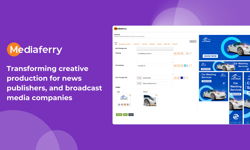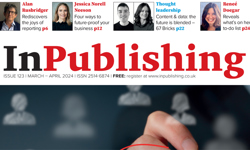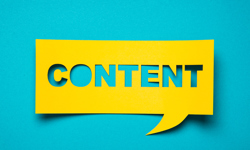
If you’re on our mailing list, you’ll have received the Jan/Feb issue of InPublishing this week.
Here are ten takeaways from the issue:
- Promote total readership. Newspapers have a story of growth to tell, but have allowed the market to fixate on declining print circulations. (Article by Ray Snoddy)
- Don’t allow interviewees sight of the article pre-publication. It’s time consuming and, assuming they request changes, unethical. You are not serving up independent content to your readers. (Dickon Ross)
- Brands care about the environment their ad will be seen in. Ads placed on a premium publisher’s website are in a safe environment. Ads placed on Facebook, err… aren’t. (Meg Carter interviewing Condé Nast’s Nick Sargent)
- Catch them young. If you have intelligent objective content, then consider a schools programme like the FT’s. It won’t cannibalise your sales, but will introduce your title to the buyers of tomorrow. (Ciar Byrne interviewing the FT’s Andrew Jack)
- Don’t be tempted to “greenwash”. Any claims you make about your environmental credentials need to be water-tight. (Jo Beattie)
- Know your stop rate: it’s a key metric for optimising paywall conversions. (John Barnes)
- Treat new media story sources with old media rigour. Social media is a great source of stories, but check and double-check … and trust no-one. (Peter Sands)
- It’s not just about plastic bags. Our coverage of the climate crisis needs to be more imaginative. Oh, and unequivocal that there is a crisis. (Liz Gerard)
- When it comes to business models, there is no single ‘right answer’. Having said, if you’re a predominantly print publisher heavily dependent on ads, then you are exposed. (Jim Bilton)
- Tips for increasing 'awards' revenues: i. Upsell whenever possible; ii. Increase size of shortlists; iii. Spend less time on admin, more on marketing. (Supplier profile (sponsored) of Evessio)










